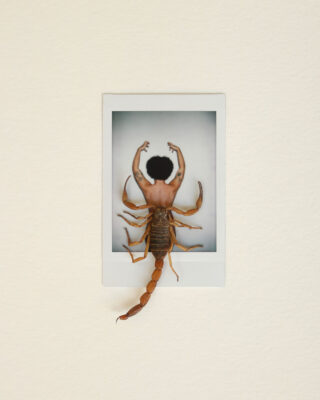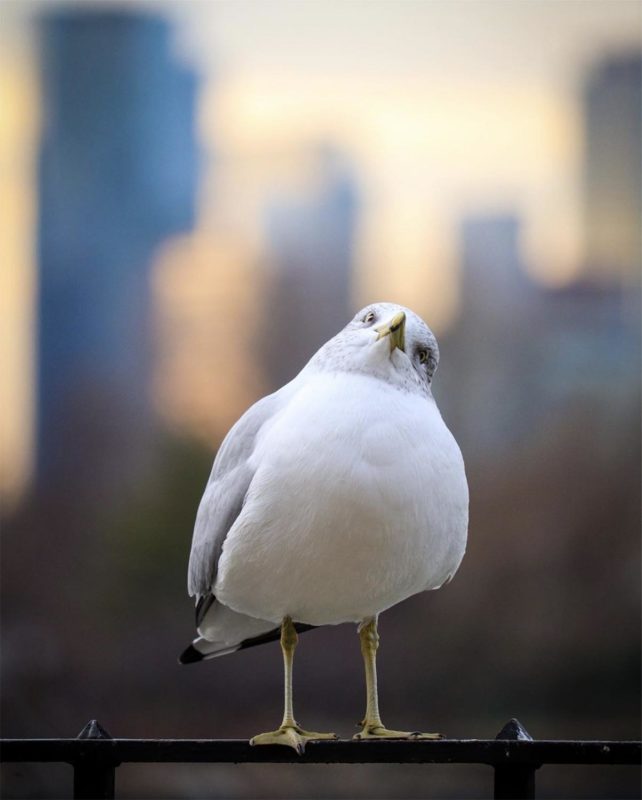
Pastimes
Central Park Has Gone Bird-Zerk
Covid gave New Yorkers a reason to go outside and enjoy nature. Now Central Park is home to new flock of birdwatchers.
Spotted: New York’s most flamboyant celebrities perched high above the masses in their Central Park penthouses. Their fashions, wild. Colorful coats adorned with iridescent hues, strategically placed feathers. Many love putting on a show; others shy away from the paparazzi. Some make Gotham their permanent residence; others just pass through seasonally.
So who are they? That’s one secret we’re happy to tell. Great blue herons. A bald eagle. A peregrine falcon. Great horned owls. Red-tailed hawks. Cardinals. Warblers of all types. A mandarin duck.
Central Park has definitely gone to the birds. Birding, meanwhile, has gone mainstream, with covid spurring a mass migration of people quarantining inside their apartments out into New York’s green spaces.
Those who have yet to participate, take note: you may come to see avian creatures, but you’ll likely stay to watch the humans.
Sweet Tweets
Feathers down, Manhattan Bird Alert (@BirdCentralPark) is the go-to authority for all things Central Park bird watching. The Twitter account is run by David Barrett, a former hedge fund manager turned investor, who was an active big year competitive birder from 2011 through 2020. (It’s a thing. Mostly, a personal challenge to identify as many species as possible within a year.) Barrett tweets daily sightings, photographs, and re-tweets of the birds du jour from the account’s 60,400 followers (a roughly 185 percent increase since pre-pandemic).
“Hello, is it me you’re looking for?” The Great Horned Owl is in a new place today, in a pine atop the hill south of the Central Park Boathouse, east of the Lake. pic.twitter.com/x2GjowgAhA
— Manhattan Bird Alert (@BirdCentralPark) April 19, 2022
Friendly little black-and-white warbler from yesterday’s walk with @BirdingBobNYC#birdcpp #BirdsSeenIn2022 #birdphotography #blackandwhitewarbler pic.twitter.com/9Kg1WM8I3d
— Espresso Bird (@EspressoBird) April 25, 2022
The flurry of activity comes from people who identify as lawyers, aspiring emergency-room doctors, rheumatologists, students, meditators, painters, vegans, dog lovers, owl enthusiasts, illustrators, yogis, musicians, and an upcycler. Many share that they’re aspiring bird photographers. Some admit they live in New Jersey.
When Barrett started the account in 2013, the posts were simple. Real-time bird alerts, noting location, time spotted etc. Now, it has taken on a social life of its own.
@lorifaithnyc posts in puns: “Wednesday is wrensday.”
@boysenberry451 adds color: “What are YOU looking at?!?!? Defiant House Finch striking a pose at the Evodia Feeders. I mumbled an apology and kept moving along.”
@VenusNabs converses: “I was sure convinced that this visiting Barred Owl at Bryant Park, NYC gave me a huge “HI” with its feathers.”
@Above96th educates: “I’ve been watching this Red-bellied Woodpecker fashion a new nest in one of Central Park’s Black Locust trees. Black Locust is one of nature’s hardest and most durable woods and he’s excavating it with his beak! Woodpeckers are amazing!”
The thrill of being retweeted by Manhattan Bird Alert has contributed to the activity’s popularity. Aspiring photographers can’t help but name drop when that happens. Conversations among birding friends are focused on what the account posted and who else has seen the bird.
A mosaic of inhabitants
The sheer variety and diversity within Central Park’s 848 acres could come as a surprise to the untrained eye. A total of 268 bird species have been documented here.
Manhattan is situated along the Atlantic Flyway, so birds traveling along the East Coast during spring and fall migrations stop in the park to rest for the next leg of the journey. Because the city’s green spaces are so densely packed between the concrete, birders often witness a funnel effect of many types of birds entering Central Park at the same time..
“It’s a bit like a treasure hunt,” coos birder Lenore Michaels. “Once you open your eyes, you’re like ‘Oooh! this is what goes on.’”
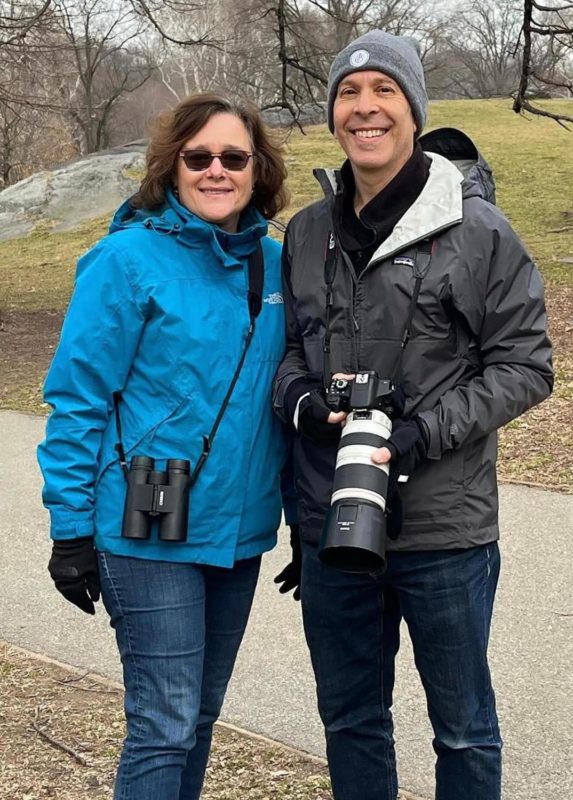
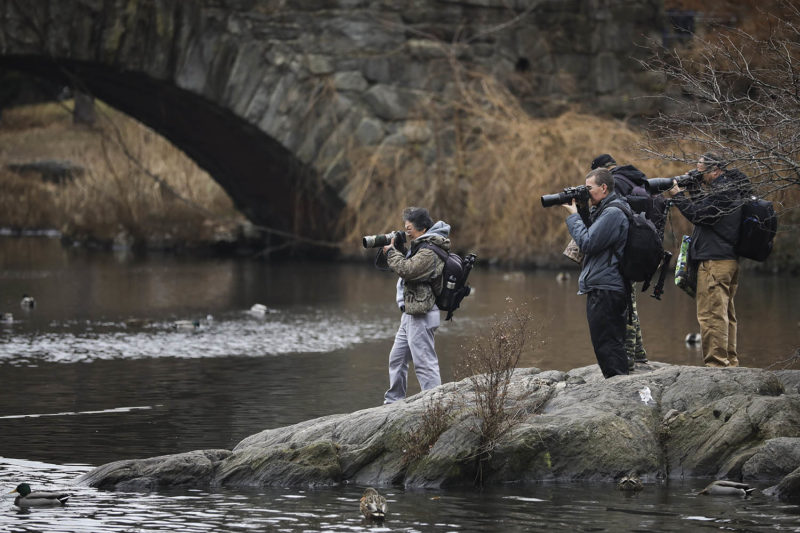
Adds husband Ken Michaels, a lawyer and birdwatcher since childhood “We’re looking at the city through a new lens. When we were commuting to our offices, we didn’t have time to spend 45 minutes looking at birds.”
Once a Pastime for the Wealthy
Birding wasn’t always as easy as logging into Twitter. Consider the pastime’s not-so humble beginnings. The Audubon Society traces back to Boston in 1896 when society ladies organized teas in the hopes of convincing their cohorts to eschew hats with bird feathers.
Some 15 years prior, wealthy New York naturalists practically invented Central Park birding when they founded the American Acclimatization Society to introduce European flora and fauna as a means of bringing culture and aristocratic refinement to the area.
Some say that its then chairman Eugene Schieffelin, an active member in New York and Newport Gilded Age circles, wanted to introduce every bird mentioned in Shakespeare’s works. (Unfortunately, when they introduced Europe’s Common Starling, the squat black songbirds took to their new habitat so well, they became an invasive nuisance.)
The Pied Piper
Like the Common Starling, birding has spread far beyond its classist origins. And in these parts,
Robert DeCandido, aka Birding Bob, is a big reason why. Leading tours in Central park since the early 1990s; he currently offers $10 outings five days/week. “We open the door to people who don’t want to join a society. More and more, we’ve been getting younger people on our walks,”
Birding Bob fervently believes birding can get folks invested in environmental issues like global warming and habitat loss. His methods, however, are not without controversy. The electronic bird calls he employs to lure birds out of hiding or closer to the ground sometimes disrupts the peaceful experience of other birders who claim this distresses the birds too.
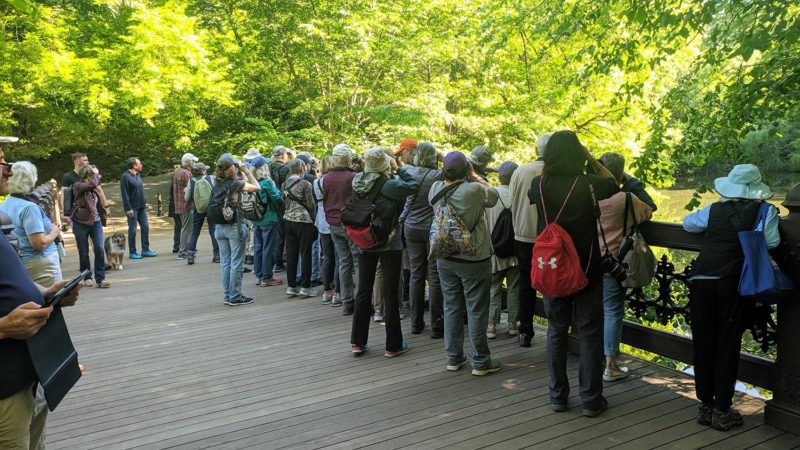
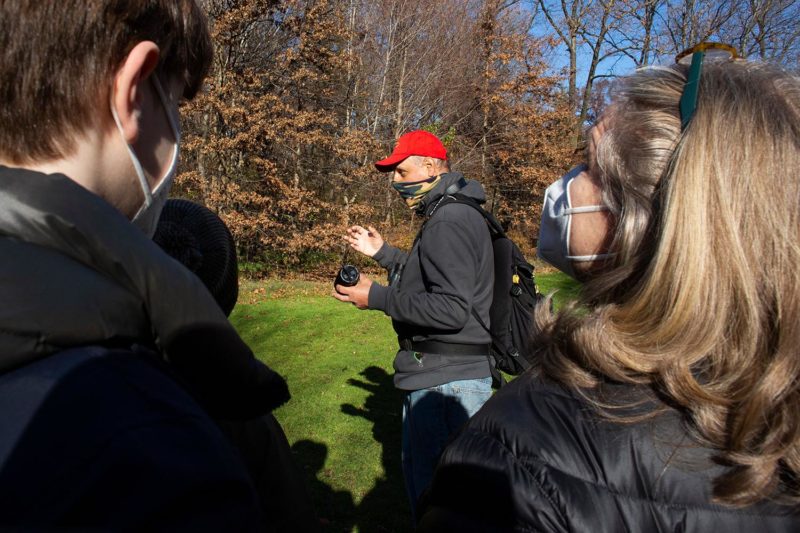
When the two camps meet, havoc often ensues. There’s name calling, insults. Occasionally, more.
“I use sound a lot, and I’ve almost got into fights,” admits Birding Bob who challenges critics to provide scientific proof that electronic sounds negatively impacts birds.
Love is in the Air (and on the ground)
Ruffled feathers aside, people on Birding Bob’s tours have been featured on Manhattan Bird Alert, perhaps as a sign of acceptance in an overall friendly community that often posts comments along the lines of “Terrific!”; “Great pic!”; and “That bird has style!” on each other’s photos.
As New York comes out of another pandemic winter, the birding community will only grow stronger in preparation for the upcoming spring migration.
The Michaels jokingly refer to themselves and their compatriots as Crazy Bird People.
“It’s actually more like ‘sane bird people,’ because the pandemic has made life so difficult that going outside, seeing birds, and being in the fresh air is a way to keep sane,” jokes Ken. “We’re the slightly intellectualized version of Crazy Upper West Siders who Feed Pigeons.”
Tweet Tweet: Meet some of the many birds that call Central Park home—at least part time
Photo Credits from top: Gull, courtesy of Sparrow Santo; Ken and Lenore Michaels, courtesy of Jessica Haaz; photographers spotting mandarin duck, Drew Angerer via Getty Images; Central Park birdwatchers, ©David Barrett; Birding Bob, Kena Betancur/AP via Getty Images;


